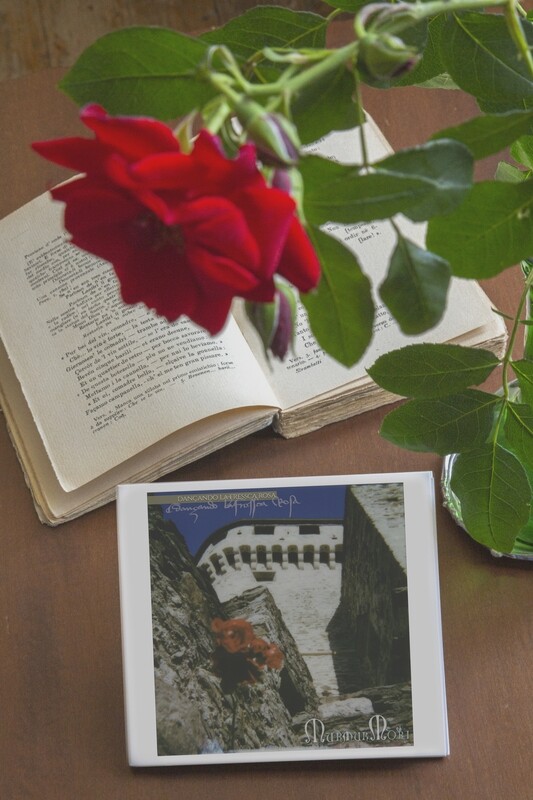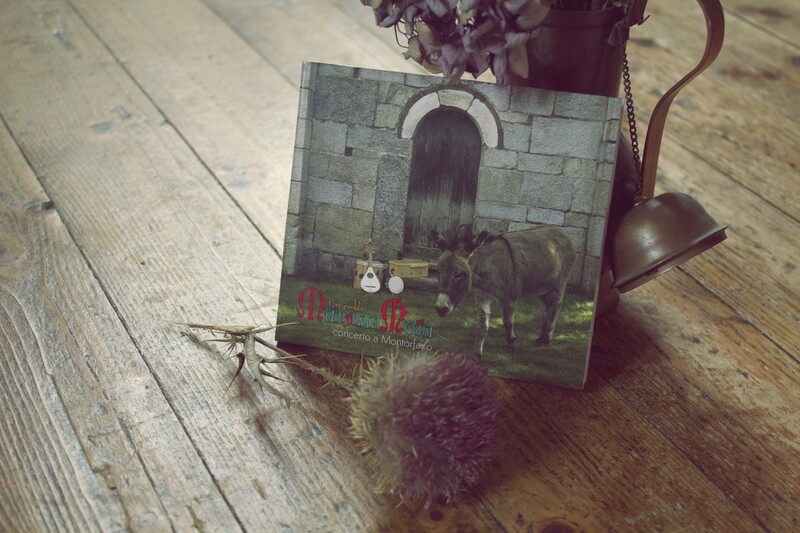“Aiuta De’, vera lus et Garçat” (Rex Glorioso)
Download includes also a digital booklet with lyrics, photos and translation in Italian and English.
Murmur Mori © Edizioni Stramonium – 2022

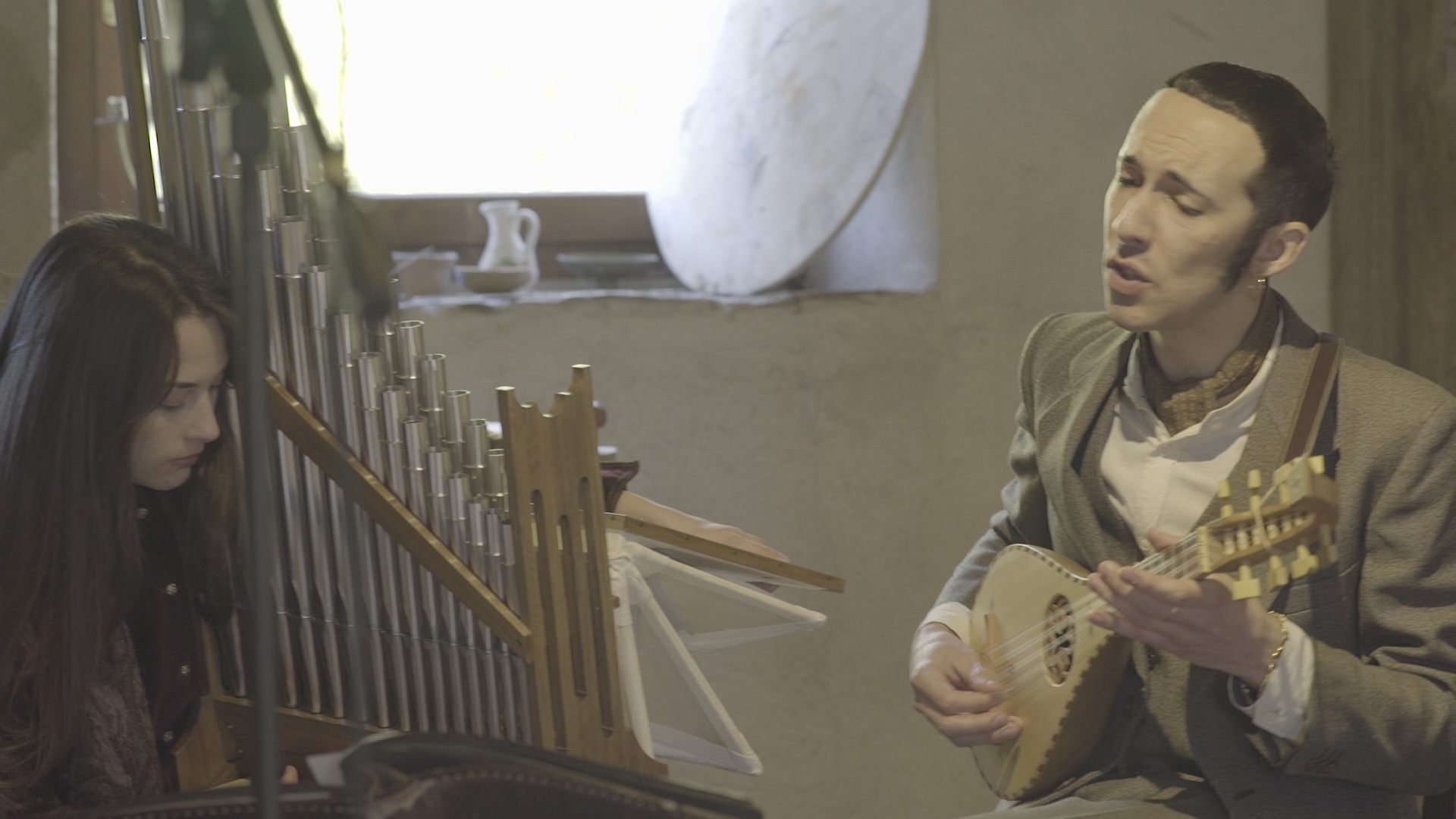
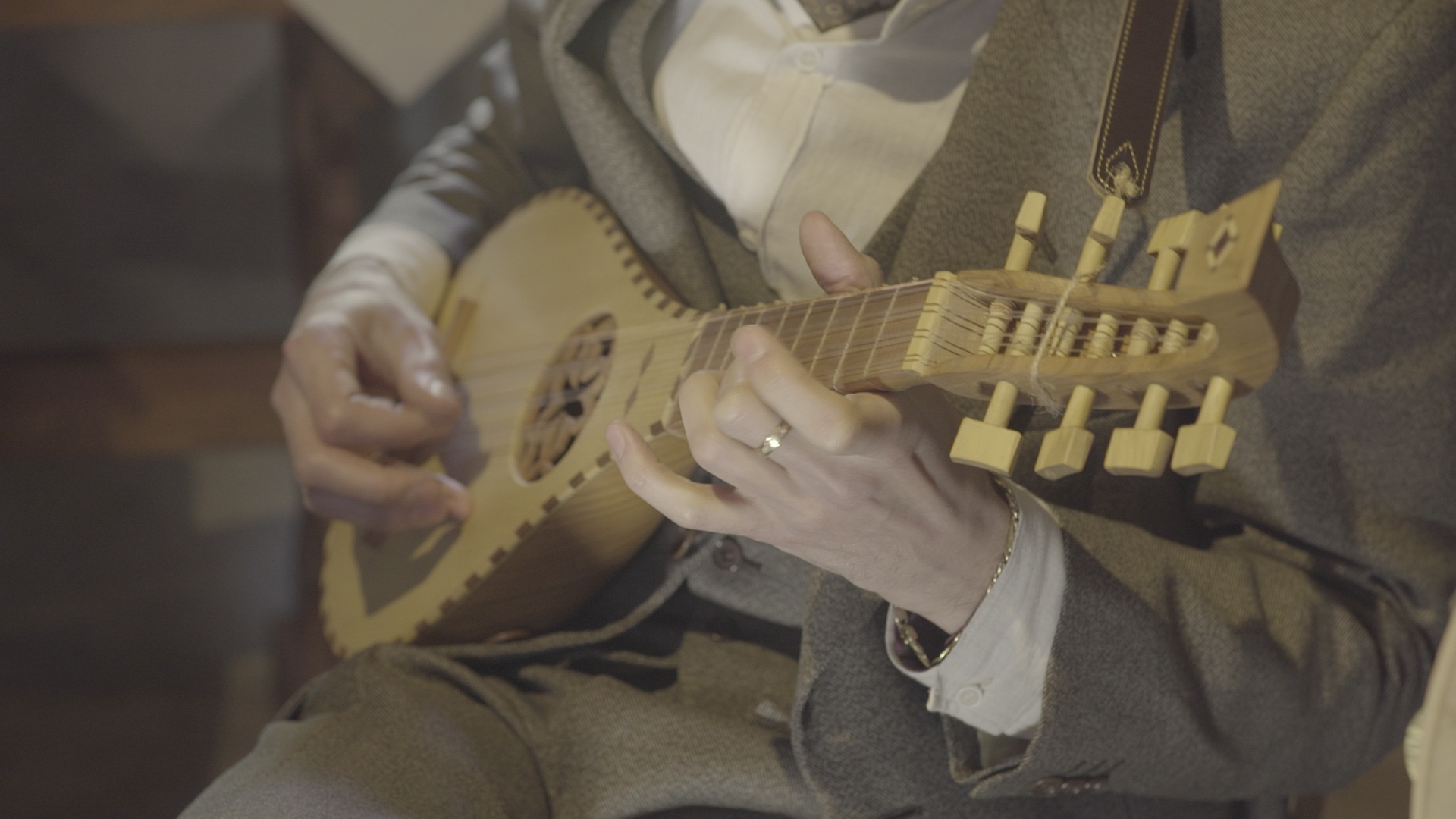
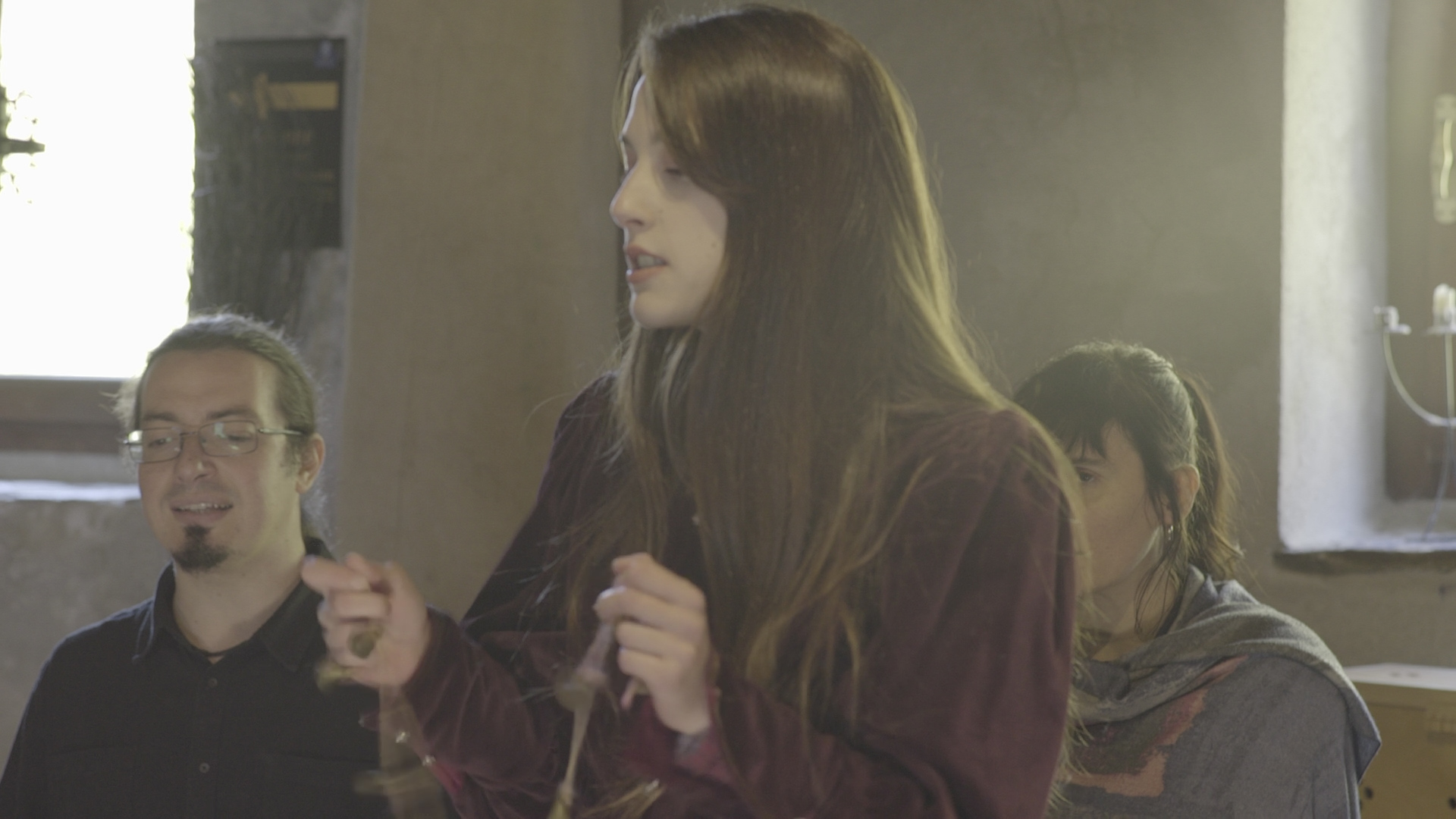
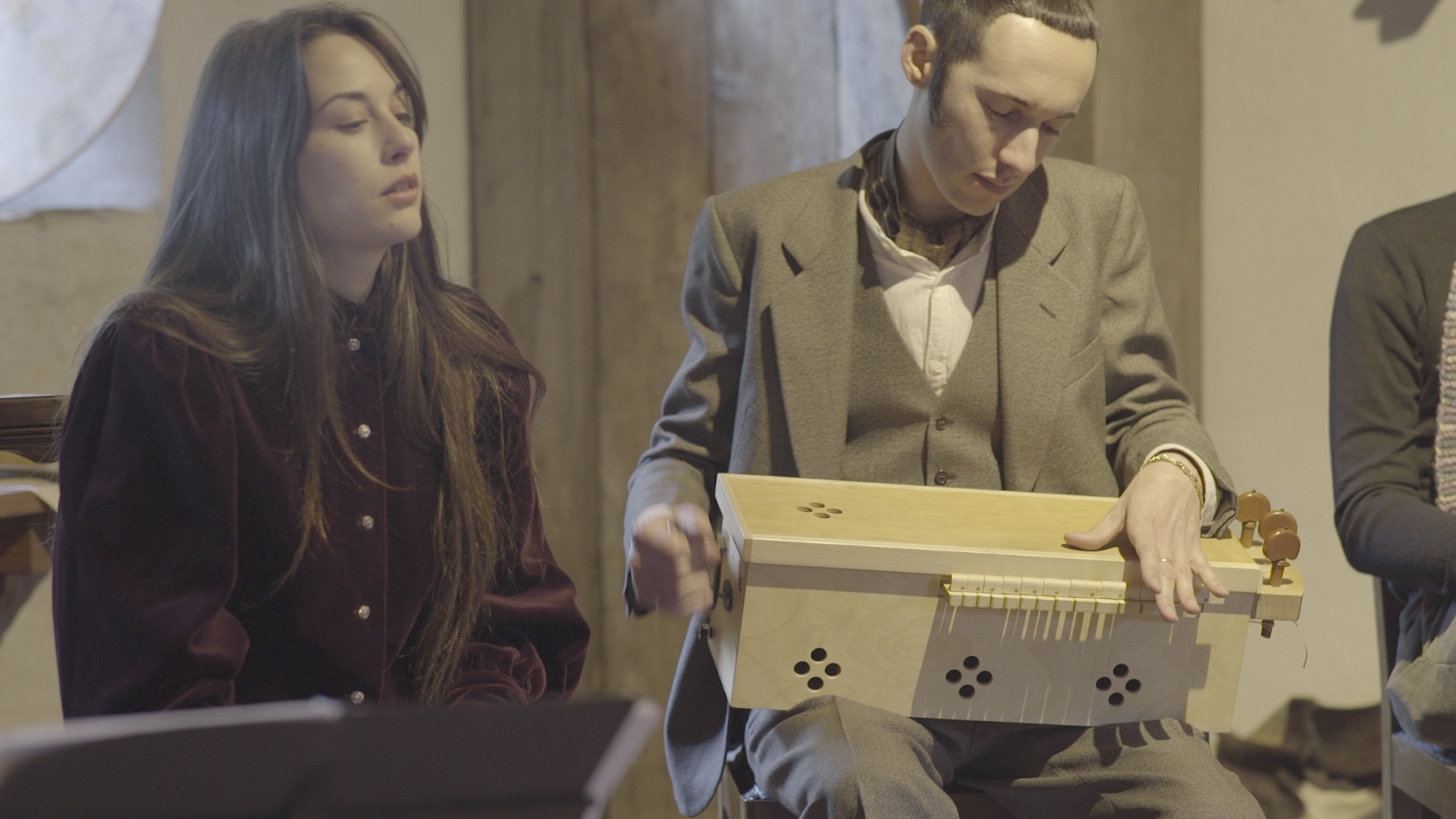
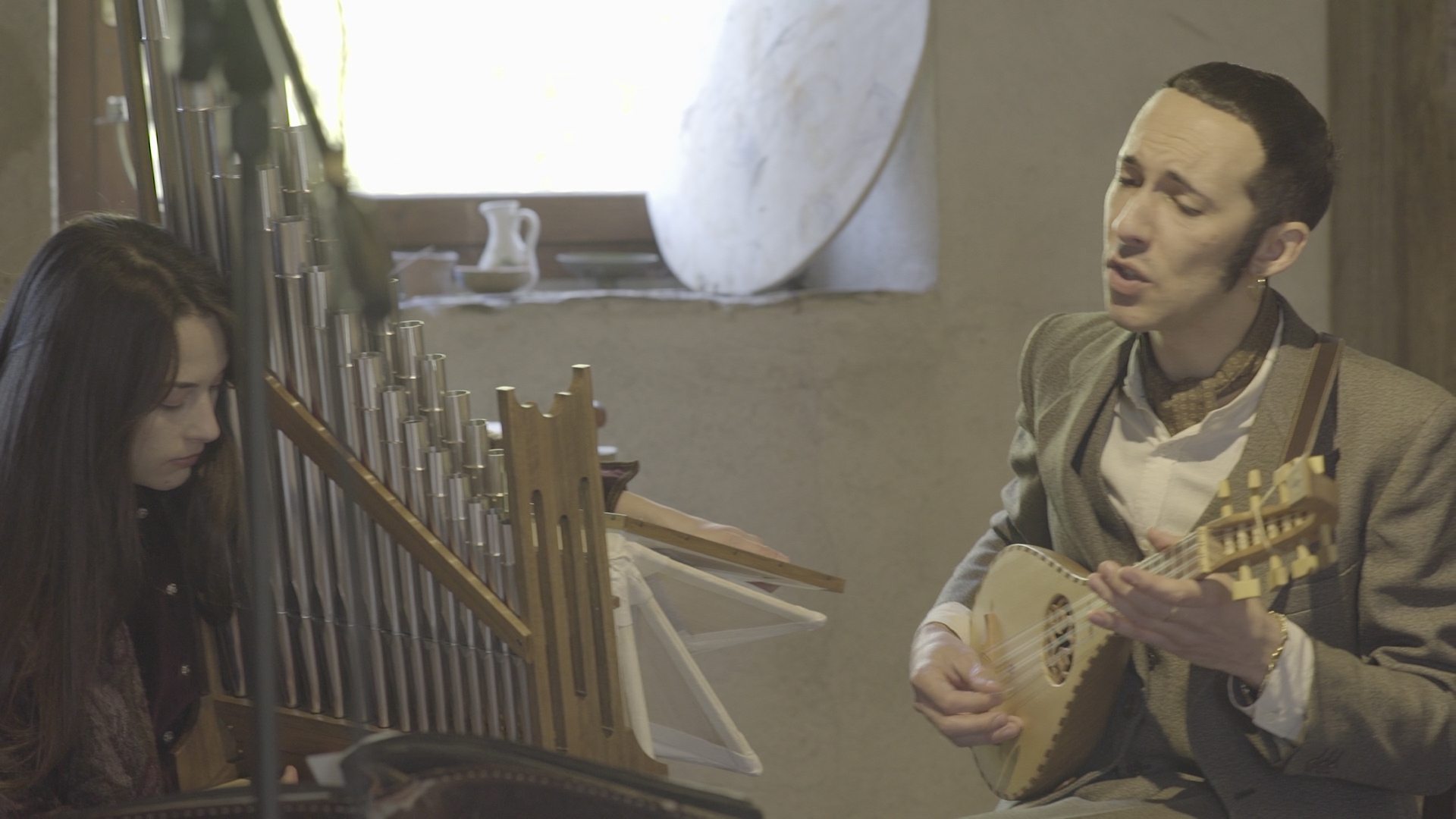

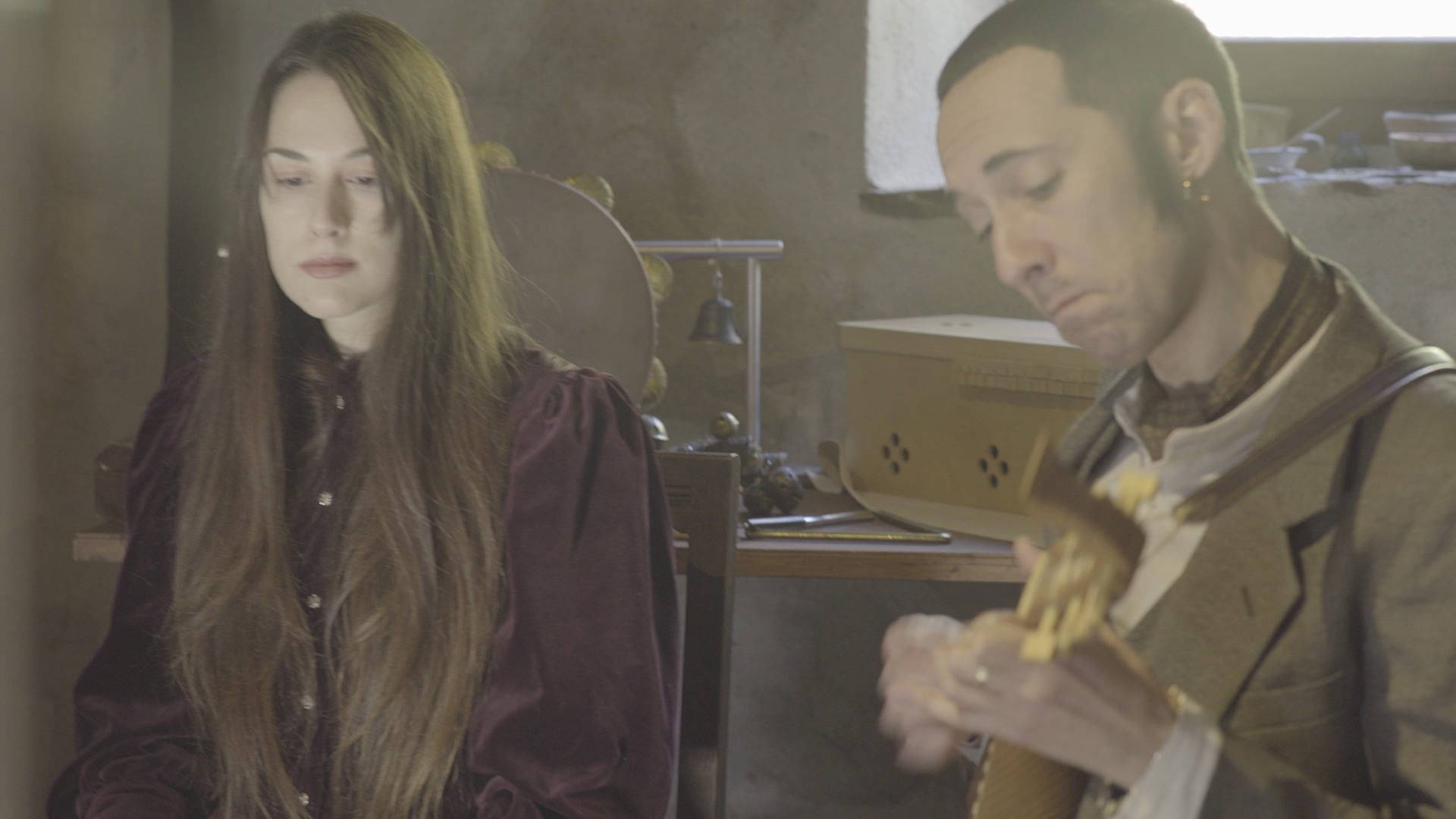

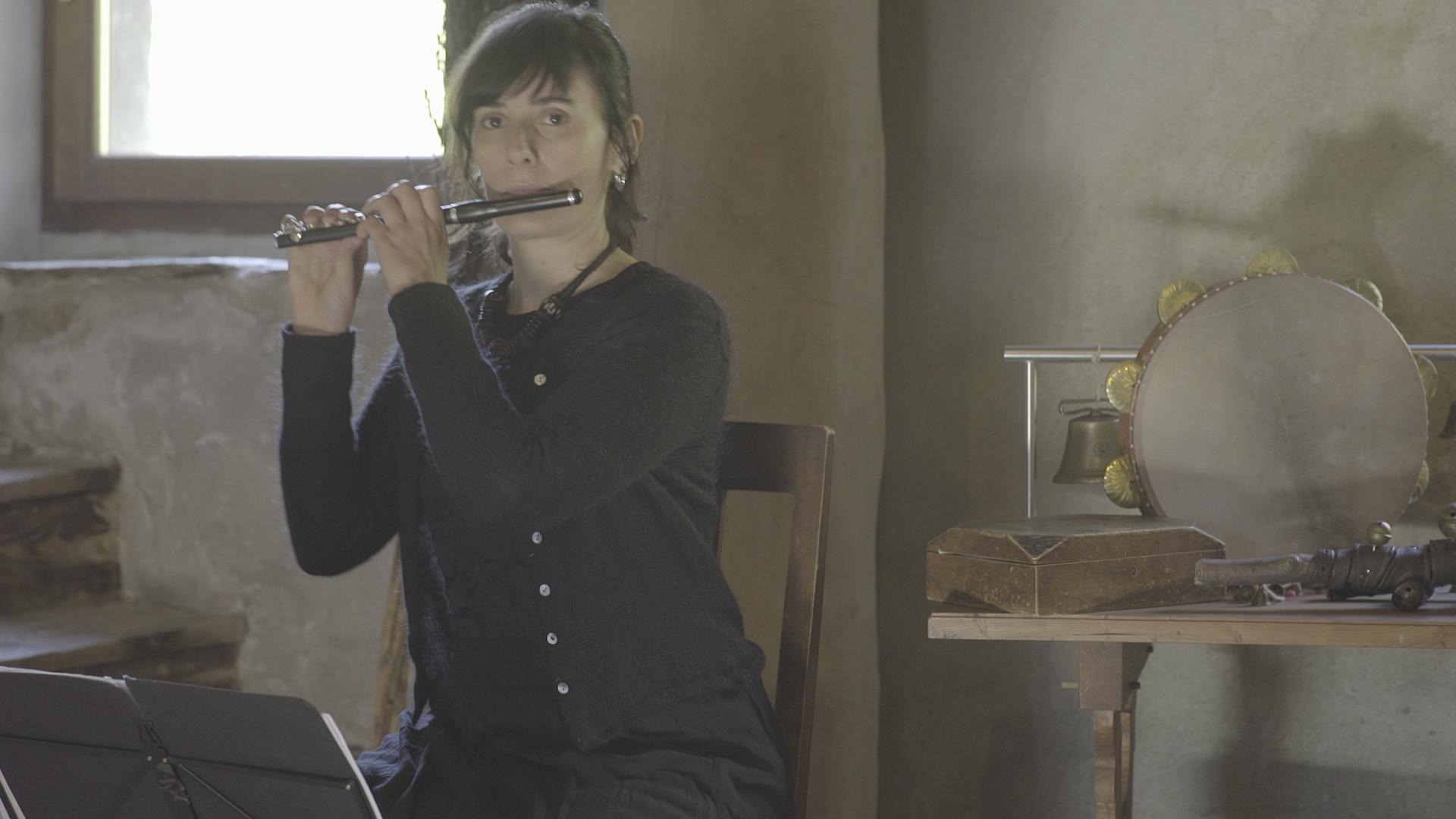
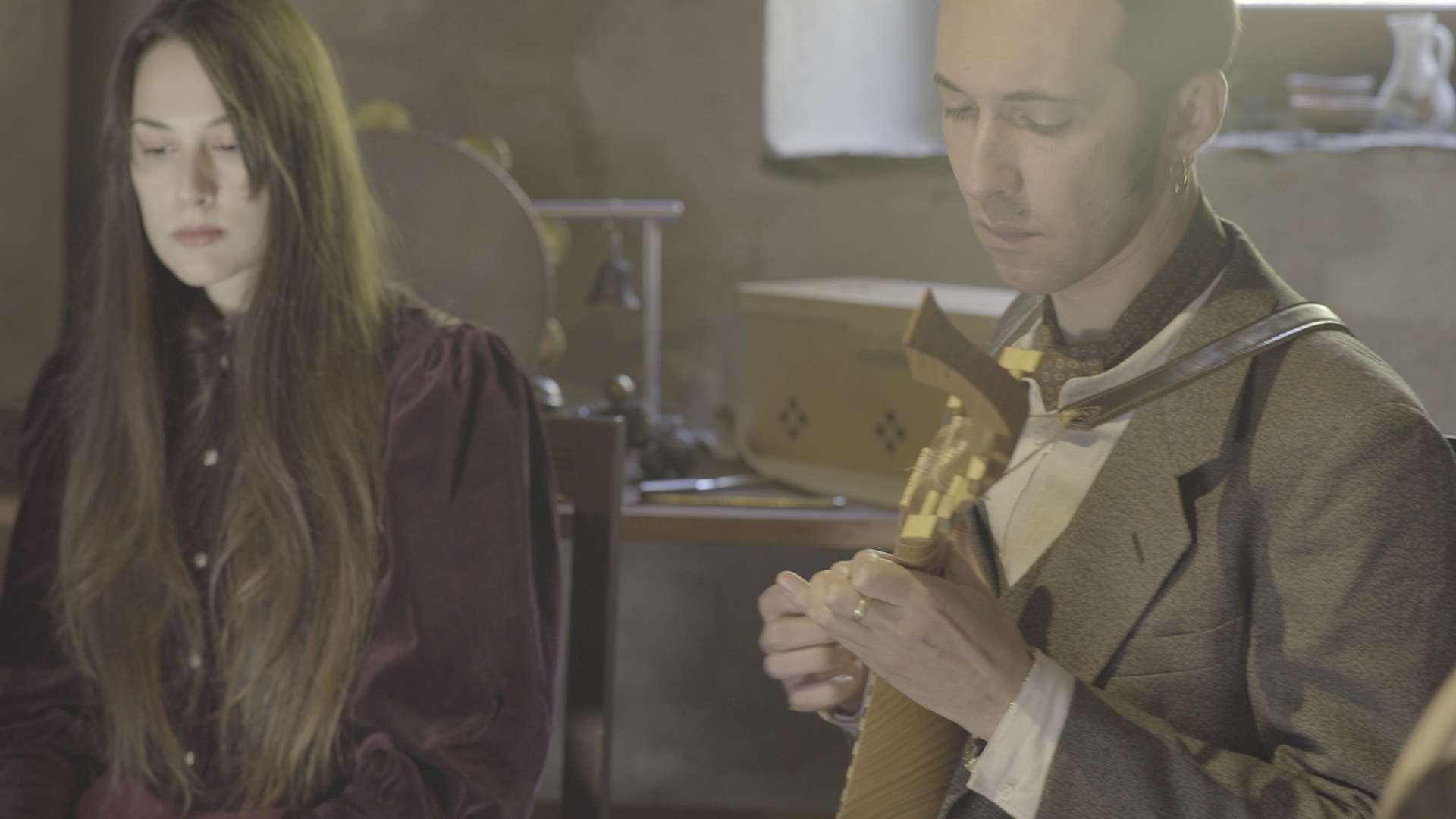


“Dançando la fressca Rosa”
The libri memorialium from the Bologna State Archives were written by notaries and they contain ballate and rhymes which are among the earliest poetry in the vernacular from Italy such as the ones contained in the manuscript Vaticano Latino 3793. Most of these poems were intended to be sung and played and in fact, even if are handed down to us in manuscripts without musical notation, they still have textual indications about their musical forms. Murmur Mori set these fundamental early Italian lyrics to music using medieval instruments, merging the Italian folk music heritage together with the medieval manuscript sources of secular music, to rediscover their sound and avoid them to be merely confined in literary studies. The music here presented focuses on jongleur poetry of the 13th and 14th centuries and on the musical form of the ballata. Chants of love, satire and to dance to.
The 16 pages booklet contains an introduction by prof. Tito Saffioti.
A documentary about the realization of "Dançando la fressca Rosa" inside the Visconti Castle of Vogogna is available on our YouTube channel.
realizzazione di “Dançando la fressca Rosa” all’interno del castello
Visconteo di Vogogna.
Murmur Mori © Edizioni Stramonium – 2022
11 € + shipping
•CONCERTO A MONTORFANO•
Un video album interamente filmato e registrato nella chiesa di San Giovanni in Montorfano.
A video album entirely filmed and recorded inside the medieval church of San Giovanni in Montorfano.
“Concerto a Montorfano”
13th century poems and lyrics from jesters set to music, songs inspired by Nature and poems from the Codex Buranus. A live album recorded inside the medieval church of San Giovanni in Montorfano, in the Italian Alps.
The entire video is viewable on our YouTube channel.
Download includes a 12 pages English/Italian booklet with photos and detailed informations about the songs and the lyrics.
Murmur Mori © Edizioni Stramonium – 2021
11 € + shipping
•CONCERTO A MONTORFANO•
Un video album interamente filmato e registrato nella chiesa di San Giovanni in Montorfano.
A video album entirely filmed and recorded inside the medieval church of San Giovanni in Montorfano.

